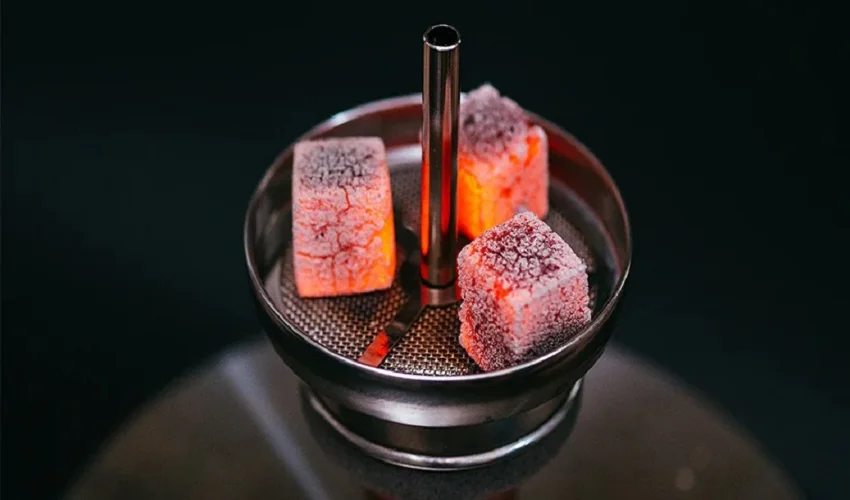
Understanding the Basics of Shisha Tobacco
Shisha tobacco, also known as hookah tobacco or maassel, is a flavored tobacco product that is traditionally smoked through a water pipe called a hookah. Originating in the Middle East and South Asia, shisha has grown in global popularity over recent years, particularly among young adults. Despite its cultural roots, many people are unaware of what shisha tobacco contains, how it is used, and the potential effects it can have on health. In this article, we will explore the essential aspects of shisha tobacco, from its composition and flavors to its usage, cultural significance, and the health implications associated with it.
Shisha tobacco is typically made from a blend of tobacco leaves, sweeteners such as molasses or honey, glycerin, and flavoring agents. The combination of these ingredients results in a moist, aromatic tobacco mixture that produces thick smoke when heated. One of the key appeals of shisha tobacco is the wide variety of available flavors. Popular flavors include fruity options like apple, watermelon, and grape, as well as more exotic choices like mint, cappuccino, and bubblegum. The sweet and flavorful smoke produced by shisha makes it more palatable than traditional cigarette smoke, especially for novice users.
Using shisha tobacco involves a specialized device called a hookah. The hookah consists of a bowl, stem, water base, and hose. The tobacco https://pods.com.ua/is placed in the bowl and covered with perforated aluminum foil or a metal screen. A piece of lit charcoal is placed on top to heat the tobacco indirectly. As the smoker inhales through the hose, air is drawn through the charcoal, heating the tobacco and producing smoke. The smoke then passes through the water base, which cools and filters it before it reaches the mouthpiece. This process not only enhances the smoking experience but also creates a social atmosphere as multiple users can share the same hookah using individual mouthpieces.
Culturally, shisha smoking holds a deep-rooted significance in many parts of the world. In Middle Eastern and South Asian societies, smoking shisha is a traditional social activity often enjoyed in groups. Hookah lounges and cafes are common in many cities and are popular gathering spots for friends and family. Over time, the practice has spread globally, with shisha lounges now found in Europe, North America, and other regions. The communal nature of shisha smoking contributes to its appeal, making it not just a smoking method but also a social ritual.
While shisha tobacco is often perceived as a safer alternative to cigarettes, this belief is largely a misconception. Studies have shown that smoking shisha can be just as harmful, if not more so, than smoking cigarettes. A typical shisha session can last up to an hour and may involve inhaling a greater volume of smoke than a single cigarette. The charcoal used to heat the tobacco also produces harmful substances such as carbon monoxide and heavy metals. These substances can pose serious risks to respiratory health, cardiovascular health, and overall well-being. Additionally, the shared use of hookah pipes in social settings can increase the risk of spreading infectious diseases.
From a regulatory standpoint, the sale and usage of shisha tobacco are subject to varying laws and guidelines across different countries. Some nations have implemented strict regulations on flavored tobacco products, while others have targeted the operation of hookah lounges. In certain regions, especially where tobacco control is a public health priority, shisha products are taxed heavily or banned outright. Consumers should be aware of the legal implications of using or selling shisha tobacco in their respective jurisdictions and ensure that their practices comply with local regulations.
For those interested in enjoying shisha in a safer and more responsible manner, several precautions can be taken. Using high-quality charcoal and avoiding quick-lighting coals can reduce exposure to harmful chemicals. Cleaning the hookah regularly helps prevent bacterial buildup and ensures a smoother smoking experience. Opting for tobacco-free herbal shisha may also reduce some health risks, although research is still ongoing regarding its safety. Moreover, limiting the frequency and duration of smoking sessions can help mitigate long-term health effects.
In conclusion, understanding the basics of shisha tobacco is essential for anyone who chooses to engage in this popular social activity. While it offers a flavorful and enjoyable smoking experience, it also carries significant health risks that should not be ignored. Being informed about its composition, usage methods, cultural roots, and health consequences allows individuals to make responsible choices. Whether you are a casual user or a shisha enthusiast, staying educated and practicing moderation are key to enjoying shisha tobacco responsibly.
